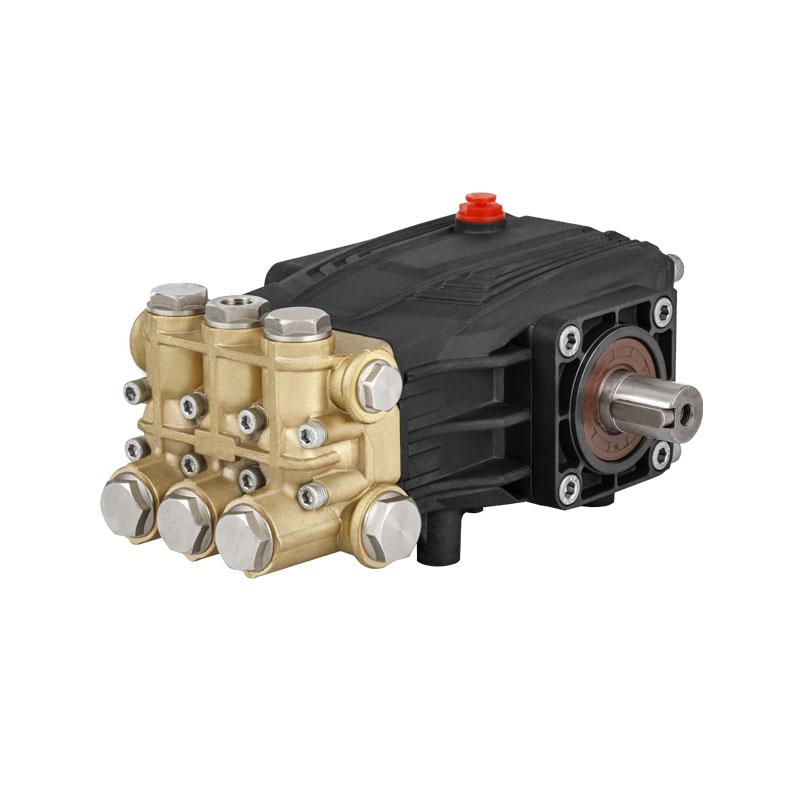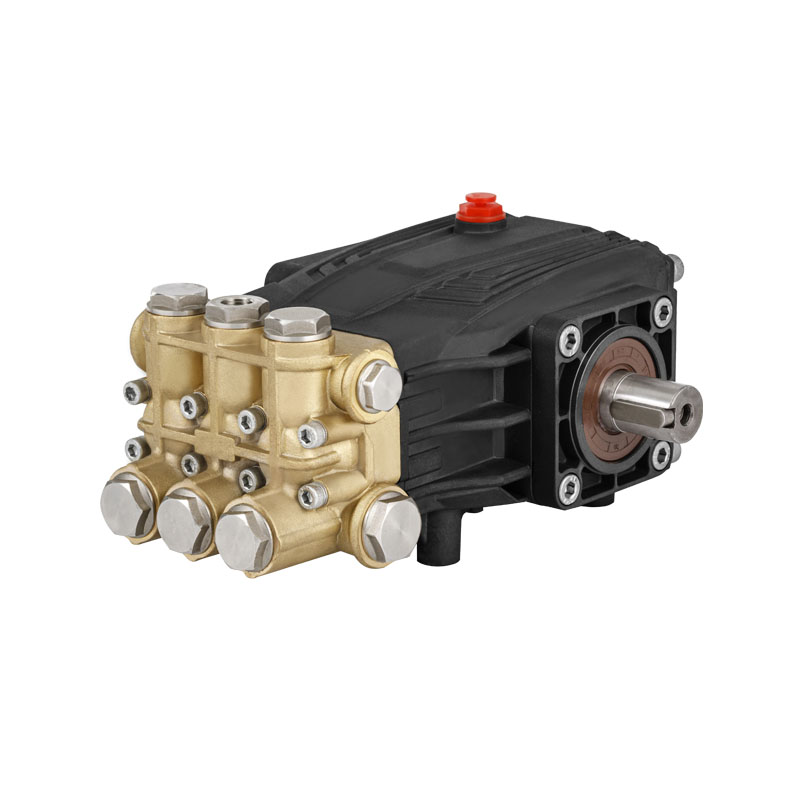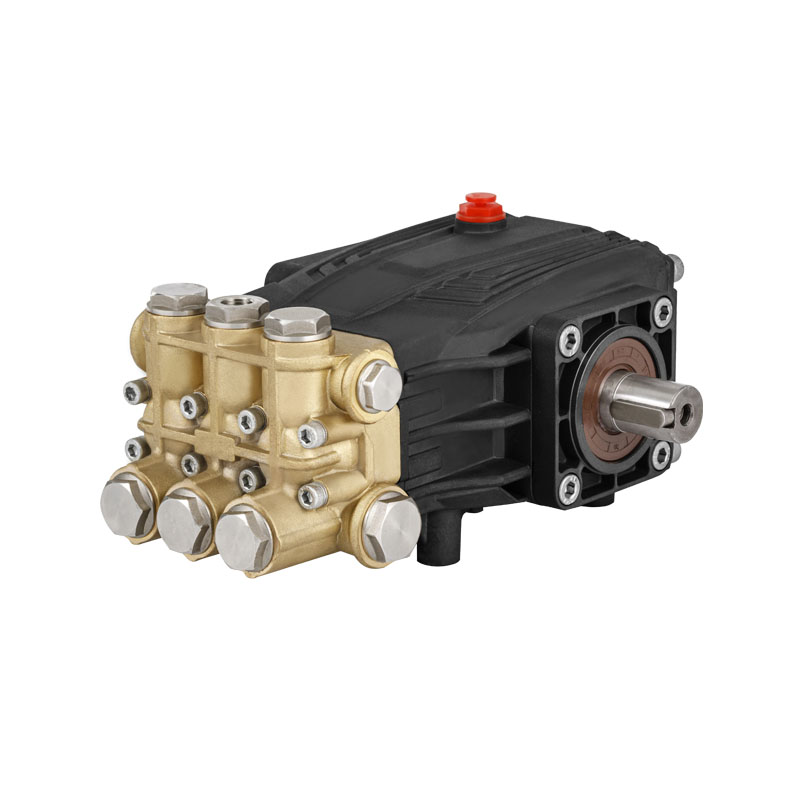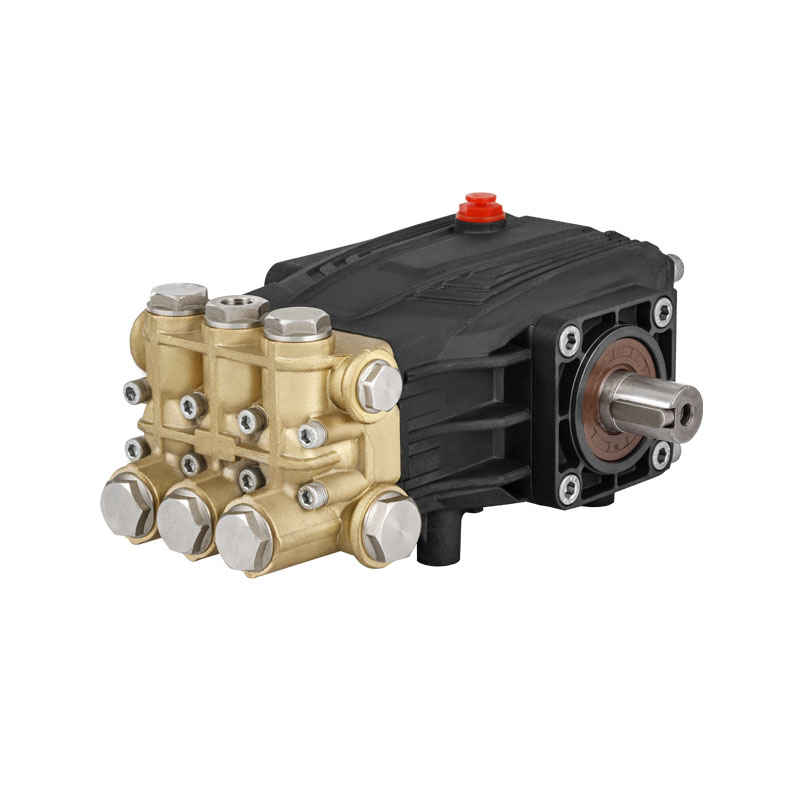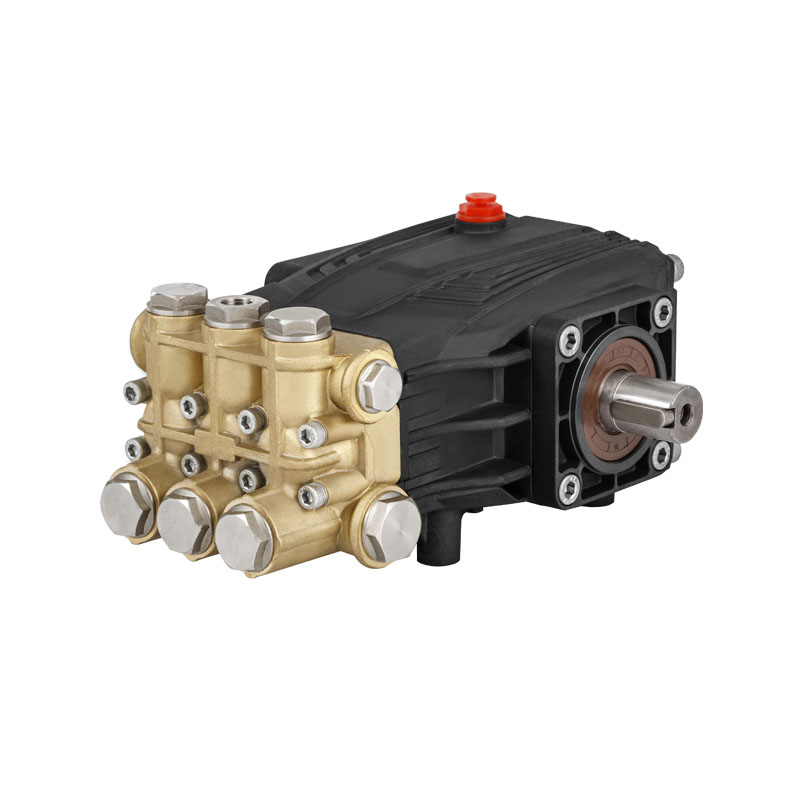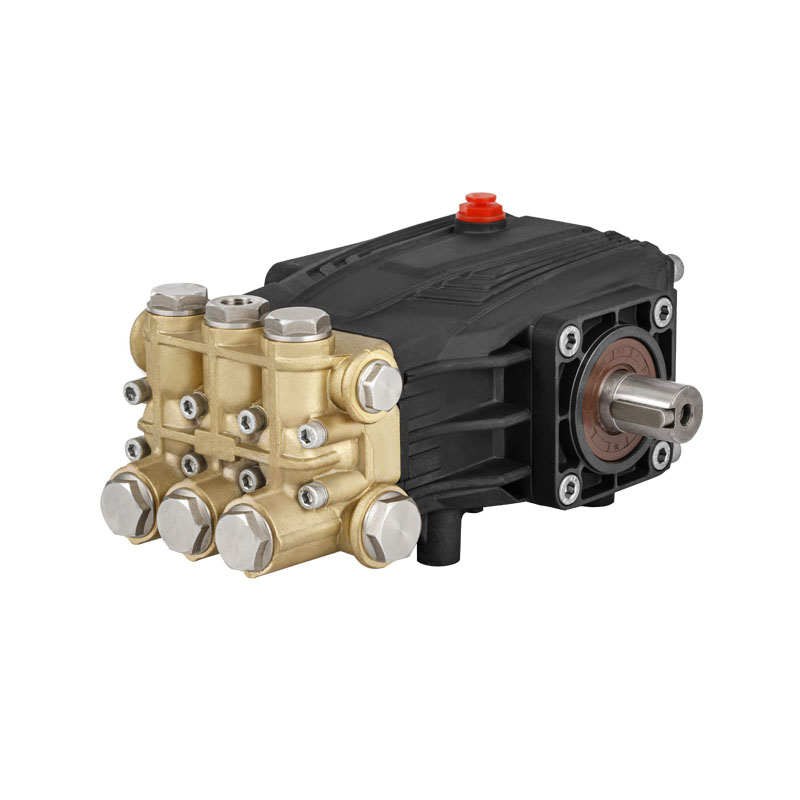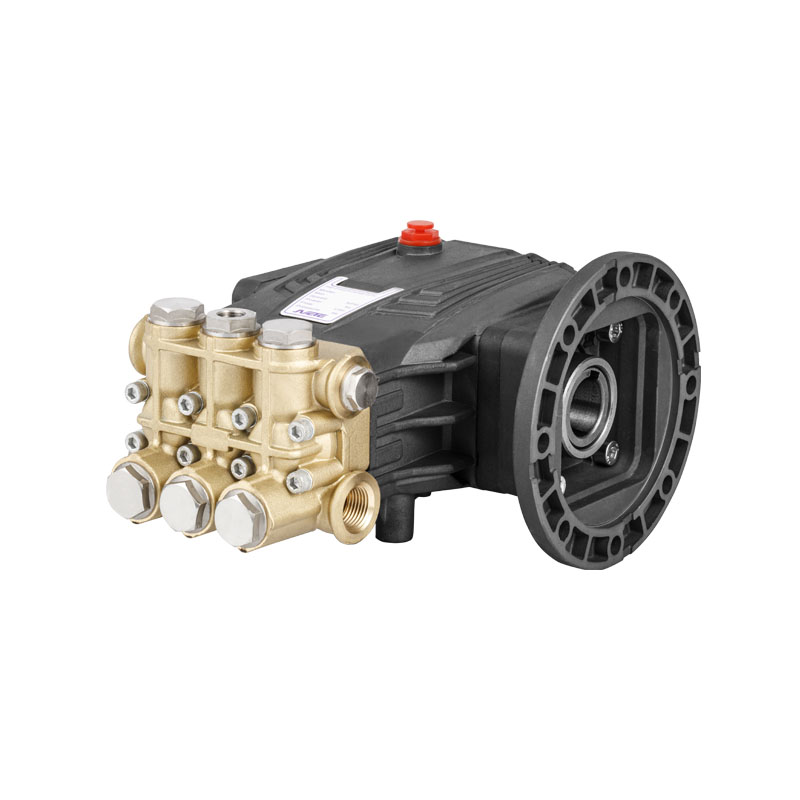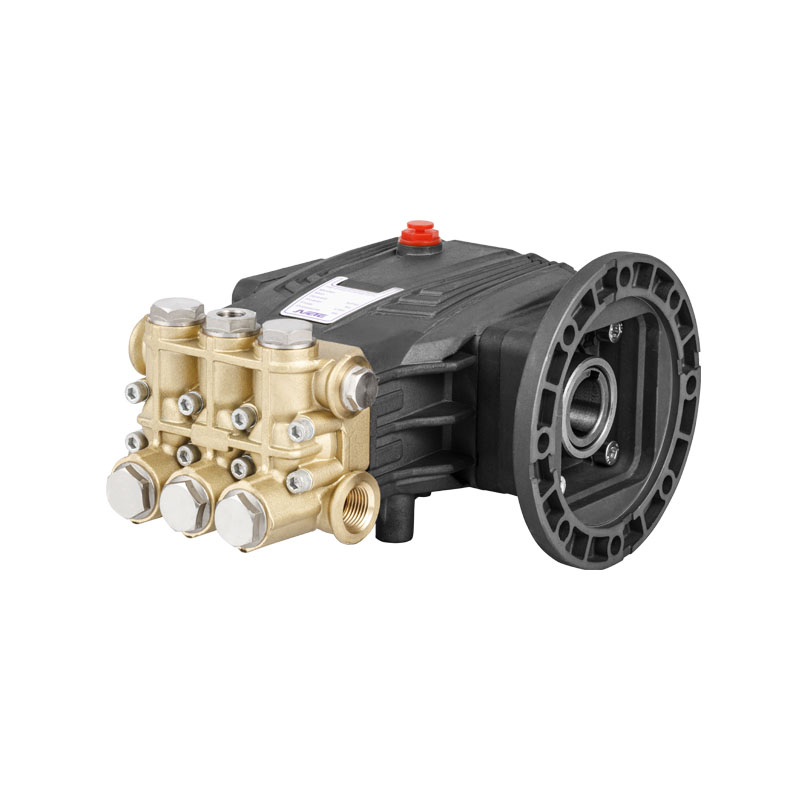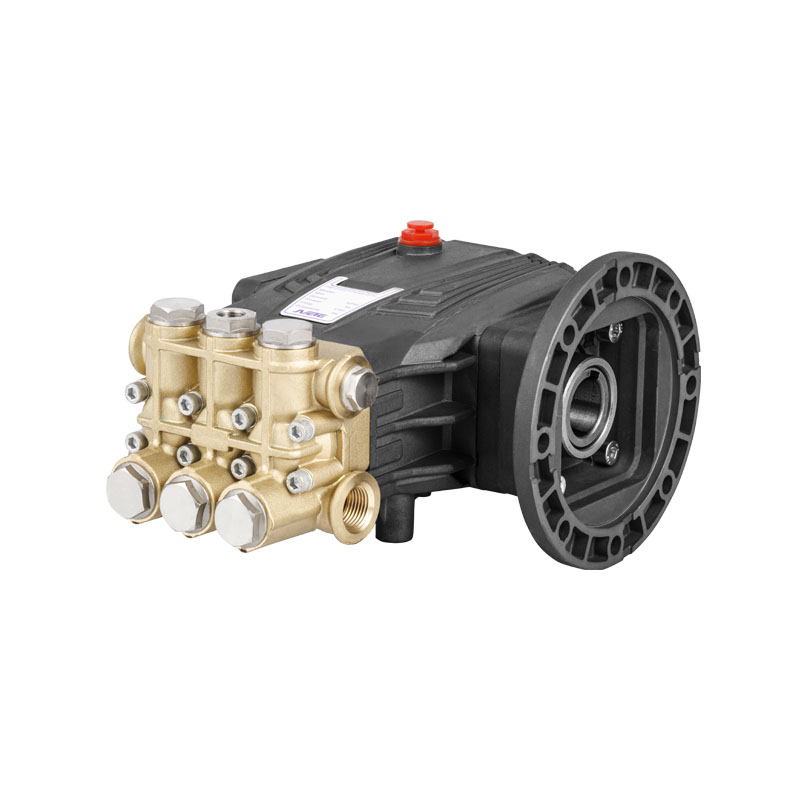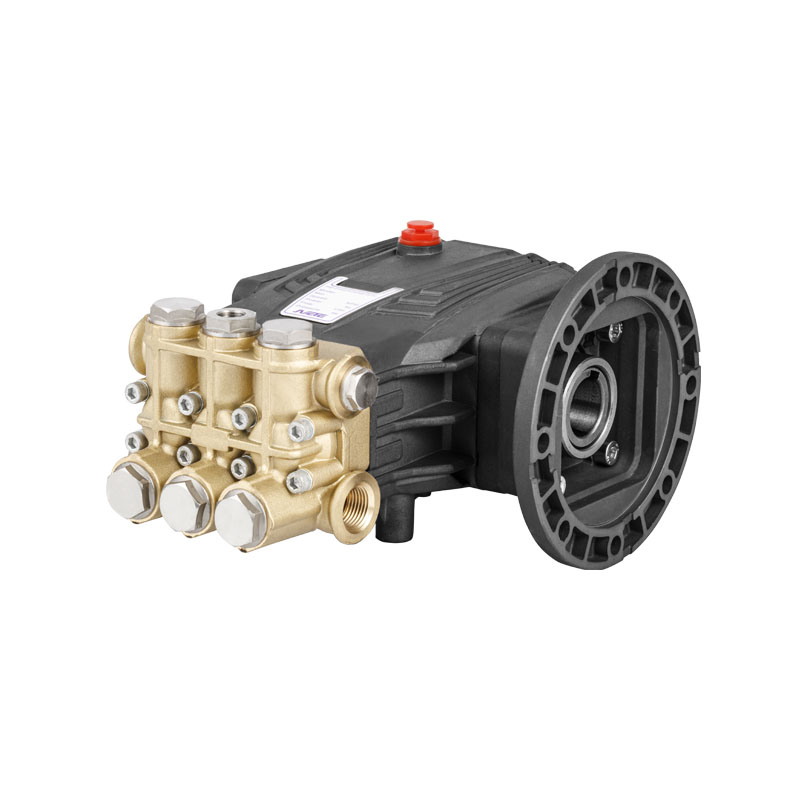In industrial environments where pressure, precision, and performance are critical, the High Pressure Piston Pump is a cornerstone technology. Found in sectors such as manufacturing, power generation, water jet cutting, and chemical processing, this pump delivers consistent, high-output flow even under demanding conditions. However, to maintain that performance, proper maintenance practices are crucial.
The High Pressure Piston Pump is designed to handle intense mechanical stress and variable flow rates. Unlike standard centrifugal pumps, piston pumps utilize reciprocating pistons to create high pressure and force fluids through systems with remarkable efficiency. Yet this mechanical advantage comes with wear points that demand attention. Maintenance is not just a recommendation—it’s a necessity for longevity and cost-effectiveness.
One of the vital aspects of maintaining a High Pressure Piston Pump is understanding its operating cycle and associated wear patterns. The reciprocating action creates consistent pressure, but it also places a high mechanical load on pistons, cylinders, and seals. These parts are subject to friction, thermal expansion, and pressure-induced fatigue. Therefore, scheduled inspections are required to catch early signs of wear before they escalate into failures.
Lubrication is a critical part of piston pump maintenance. Without proper lubrication, friction increases exponentially, to overheating, piston scoring, and ultimately system failure. Industry experts recommend using manufacturer-specified oils and greases and monitoring oil levels regularly. More advanced systems now include automatic lubrication devices that reduce the burden on operators while ensuring that each component of the High Pressure Piston Pump remains properly oiled.
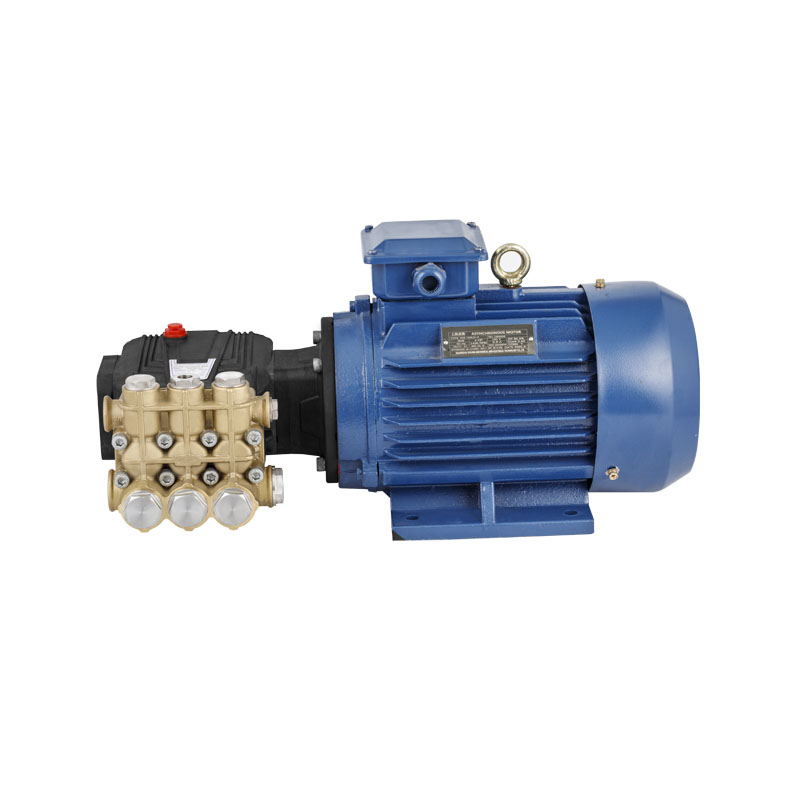
Another key maintenance area is seal inspection and replacement. The seals in a High Pressure Piston Pump serve to prevent internal leakage and maintain pressure. However, they degrade over time due to fluid chemistry, heat, and mechanical motion. Regular inspection of seals—along with O-rings and gaskets—is essential. Any signs of cracking, deformation, or brittleness should prompt immediate replacement.
Valve maintenance is often overlooked but equally important. Each High Pressure Piston Pump relies on inlet and outlet check valves to manage fluid flow and prevent backpressure. These valves must be free from obstruction and must seat properly during each cycle. Debris or residue buildup can cause irregular flow, to pressure inconsistencies and pump damage. Regular flushing of the system and inspection of valve seats can prevent such issues.
Temperature management is also critical. Excessive operating temperatures can accelerate wear of key components and degrade lubricants. Operators must monitor coolant levels and ensure heat exchangers, if used, are functioning correctly. Overheating is a common culprit behind premature piston and cylinder wear in a High Pressure Piston Pump system.
Vibration analysis is becoming a modern tool in predictive maintenance. By installing vibration sensors on pump housings, companies can monitor the mechanical behavior of their High Pressure Piston Pump in real-time. Unusual vibration patterns can indicate misalignment, bearing failure, or cavitation—all of which can be addressed before serious damage occurs.
Cleaning and environmental protection also play roles in maintenance. Pumps exposed to dust, moisture, or corrosive gases are more likely to develop problems. Protecting the High Pressure Piston Pump with enclosures or locating it in controlled environments can extend its operating life significantly. Moreover, keeping external surfaces clean helps identify leaks or faults faster during inspections.
Operator training is another layer of preventive maintenance. A well-trained technician can identify the early warning signs of a failing High Pressure Piston Pump before system alarms or shutdowns occur. More companies are investing in training programs that cover not just daily operation, but also in-depth diagnostics, troubleshooting, and repair techniques tailored to piston pump systems.
The use of OEM parts is also a widely discussed topic in pump maintenance. When replacing components within a High Pressure Piston Pump, it is always advisable to use parts that meet the original specifications. Using generic or incompatible parts may reduce short-term costs, but they can to misalignments or reduced pressure handling capacity, which ultimately jeopardizes the pump and surrounding systems.





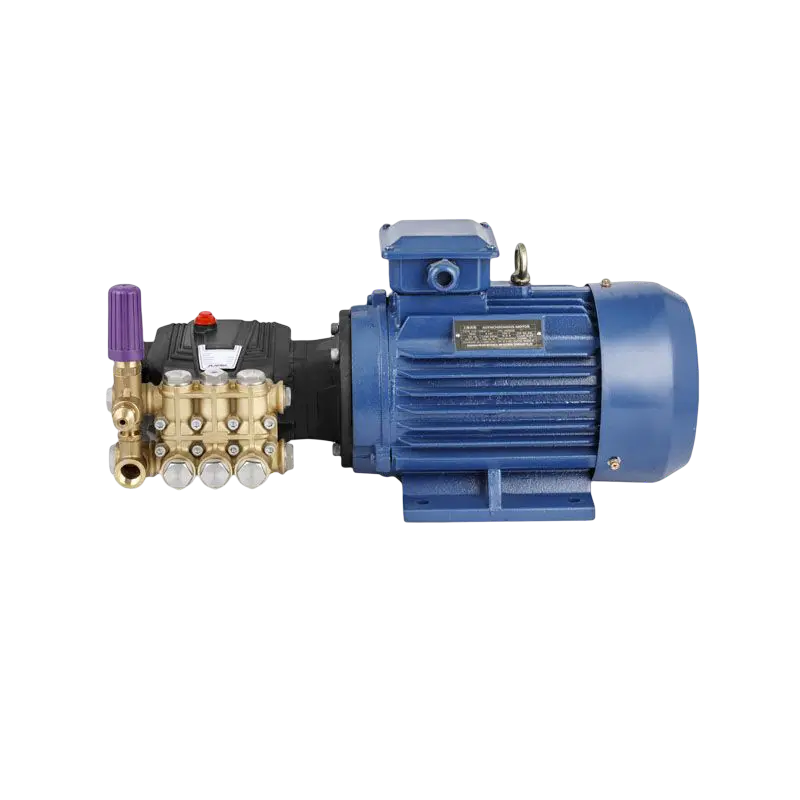
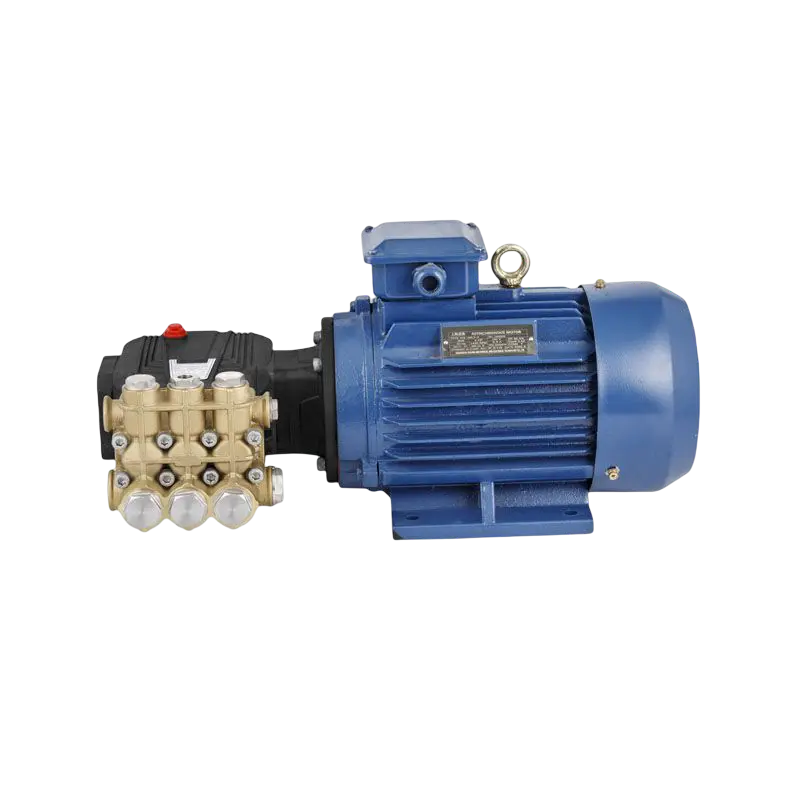
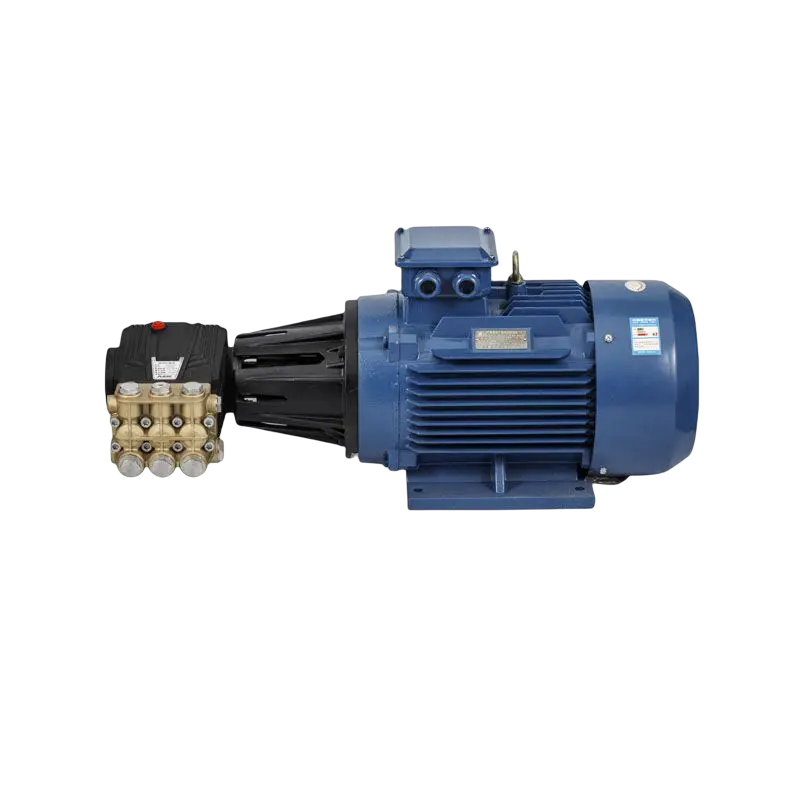
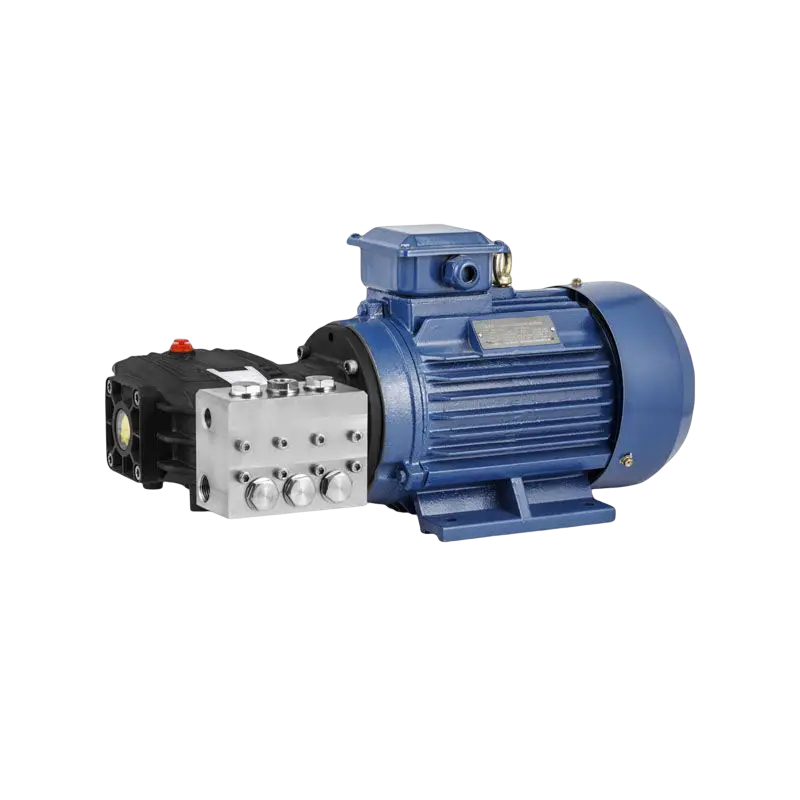
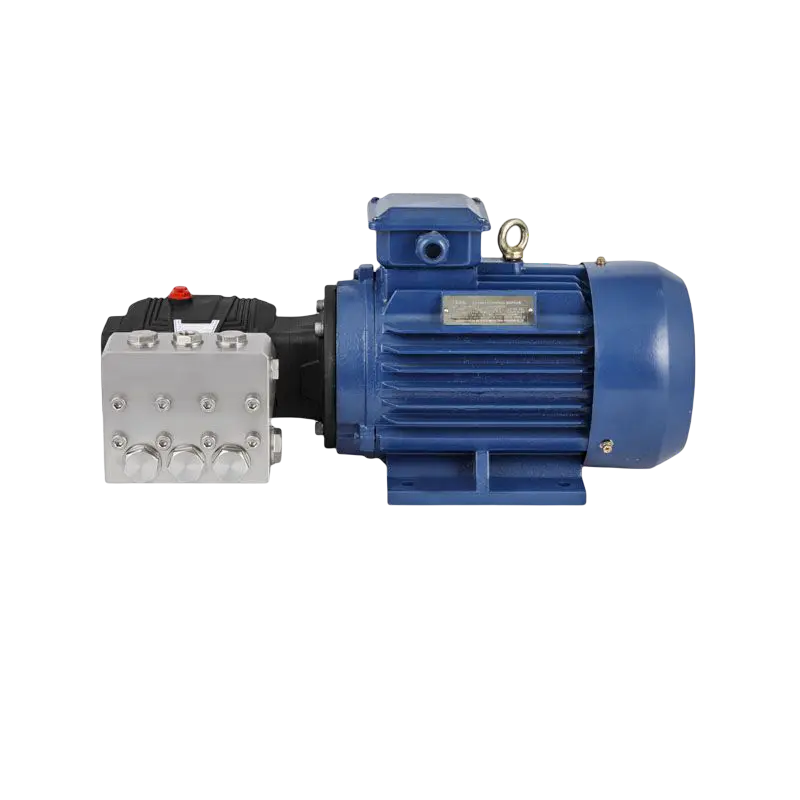
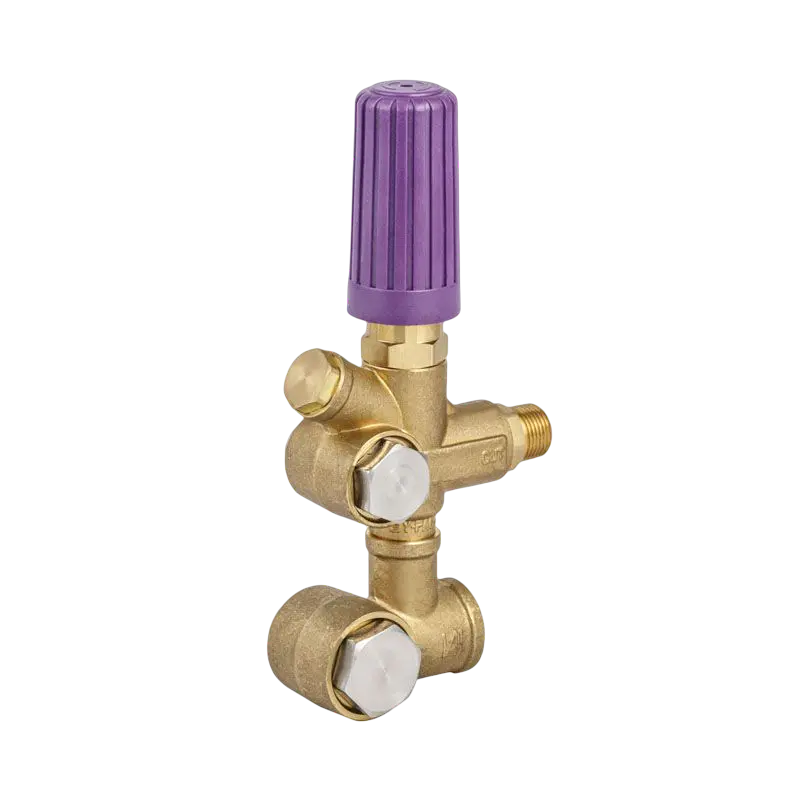
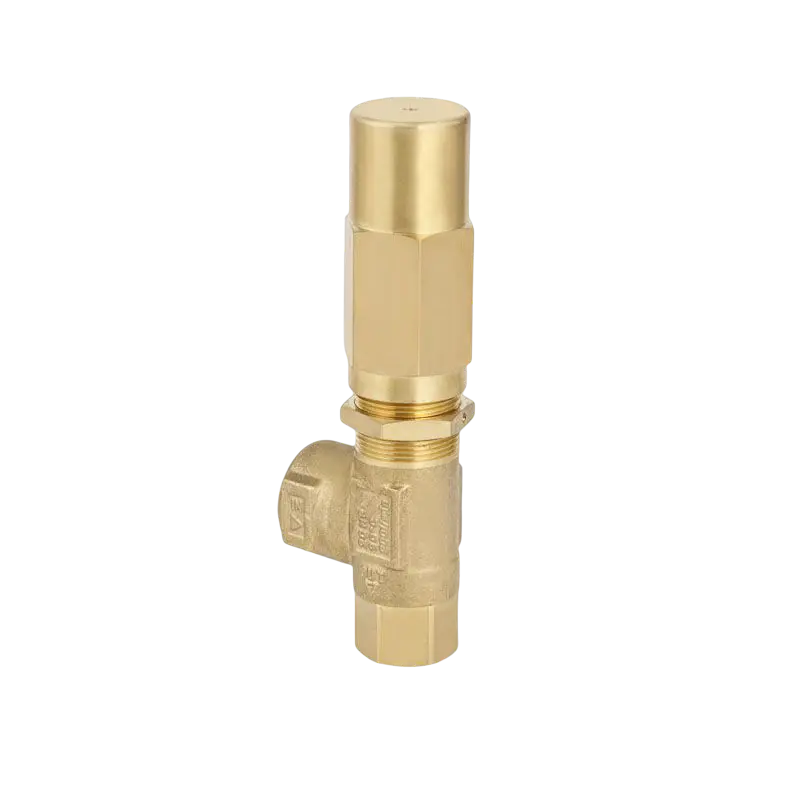
-2(1).png)
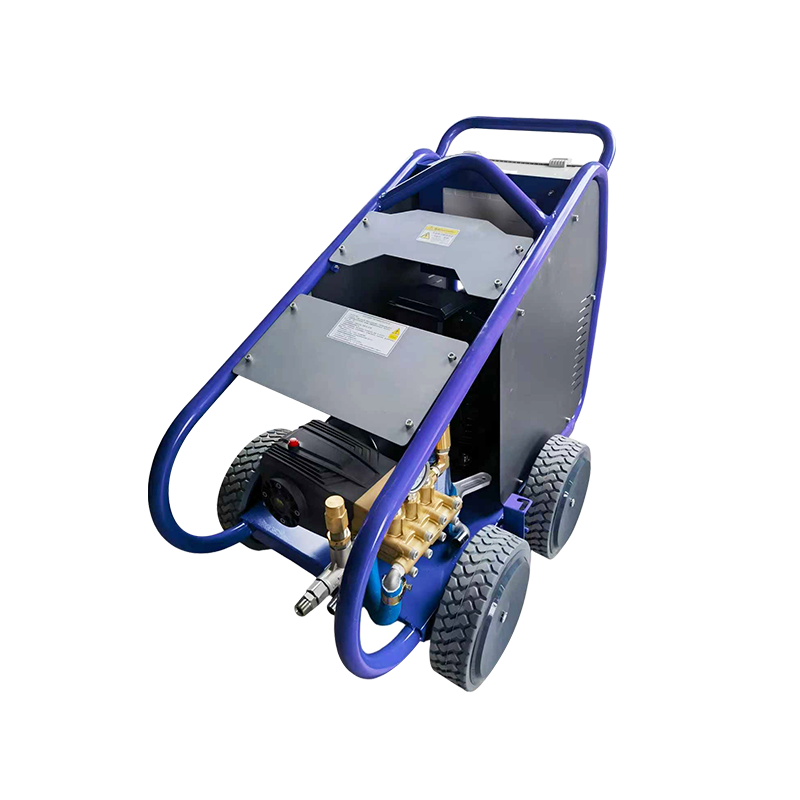

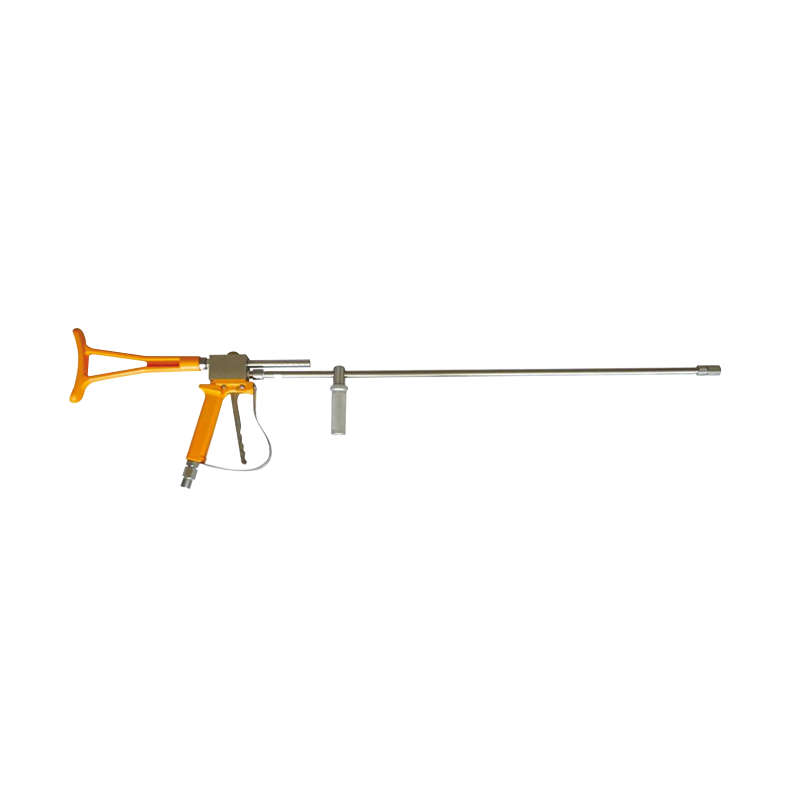
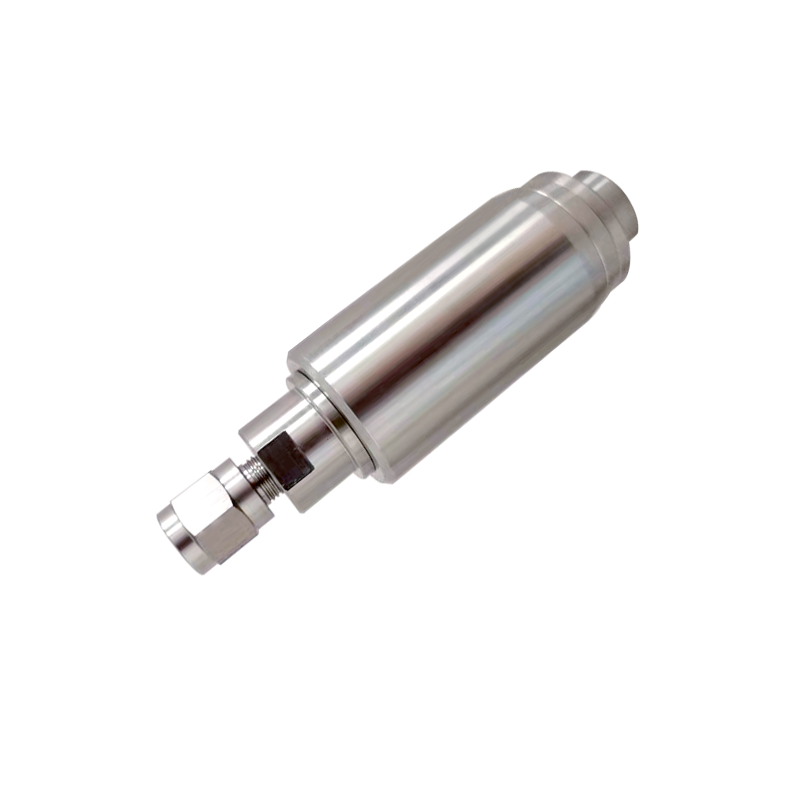
 English
English Español
Español
